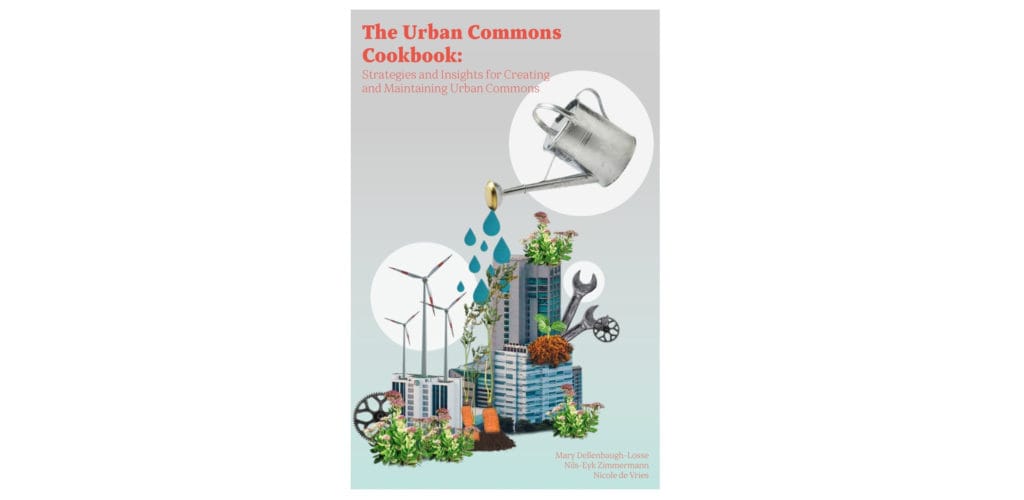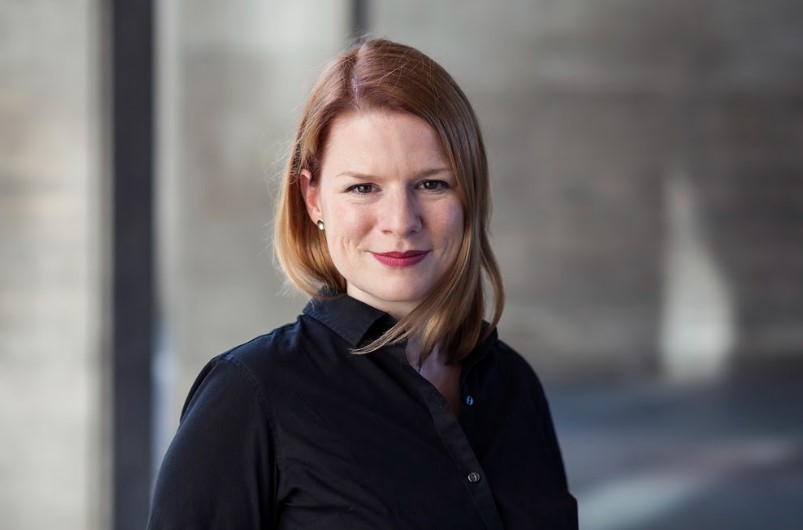Commons have always been a buffer against shocks, improving the prospects of those most at risk. During the feudal era, free access to the commons meant survival for serfs and peasants because it gave them access to food and firewood not under the control of the region’s lord. Today, commons also represent a buffer against shocks and crises such as the global economic crisis and COVID-19 pandemic. When governments and markets break down or can’t respond fast enough, community projects step in to fill the need.
This is the first in a series examining the lessons found in the upcoming Urban Commons Cookbook, a handbook for people who are starting and growing community-led projects. The book includes interviews with activists from eight projects in Europe, South America, and the United Kingdom, outlining the growth of their projects, the challenges they faced, and how they overcame them. This article examines the historical development of the commons from its feudal origins to the coronavirus pandemic.
From feudal commons to austerity
In Medieval Europe, large tracts of undeveloped land were held in collective ownership. On these parcels, known as the commons, serfs and peasants had free access to firewood, peat, fruits, berries, and wild game. This system persisted for centuries and acted as an important survival mechanism against bad harvests, overly zealous taxes, and other threats to peasants’ survival. This system fundamentally changed with the enclosure acts of the 1800s, which literally put a fence around the commons, privatizing what was once communal and reserving these once freely accessible natural resources for the elites. The enclosure acts were a major factor in the industrialization and urbanization of Europe, especially the UK. The acts destabilized the agrarian economy, pushing peasants into cities and a growing number of factory jobs.
Fast forward through two centuries of labor activism and two world wars. In the postwar era, the so-called “welfare state” ensured the survival of those most at risk in the UK, the US, and Europe — at least in theory. State-run healthcare, unemployment, welfare, and other programs now served a commons-like function for the industrialized workforce: they ensured the survival and resilience of those most at risk. Rather than providing food and firewood, they provided the safety net essential for the new workforce.
In the 1980s, conservative politicians like Margaret Thatcher and Ronald Reagan moved to privatize and cut government funding for welfare programs in what were called austerity measures. Many safety-net programs were privatized and dismantled, thereby losing their commons-like function. Over the course of the 1990s, services were pared back in parallel to the vast growth in wealth inequality.
Urban commons have become a way to secure affordable access to resources, a measure to build community resilience, and a rallying cry against the waves of privatization and financialization that continue apace, most prominently in growing cities.
Urban commons fill the gap left by government
Out of this bleak situation, a new type of project began to emerge which is nonprofit-oriented, prosocial, and run by the people who benefit from it: urban commons. Urban commons projects in cities go by many names, including grassroots activities, community action, or citizen-led projects. Despite these varying descriptions, urban commons projects are united by four key characteristics:
- Resources are managed by the users through a prosocial and participatory process called “commoning.”
- Projects also focus on a resource’s use-value — the practical, everyday value of the resource for its users — instead of treating it as a commodity from which profit can be derived.
- Residents address their own perceived desires and co-produce solutions to urban issues that are important to them, from housing to wireless internet.
- They rely on intangible resources such as social capital and also actively build these within their communities.
Urban commons emerged as an alternative to state and market offerings as a result of both the absence of the state and market (“citizen self-help”) and the overbearing presence of the state and market (resistance to enclosures resulting from commodification, financialization, or new legal circumstances), which had, in turn, both been exacerbated by the neoliberal policies of the 1970s and 80s. However, it took a major shock to the system — the global financial crisis — to bring the accrued effects of decades of austerity and privatization into sharp focus, along with the projects that had emerged to buffer against them.
Urban commons and the global financial crisis
At the end of the 2000s, the global financial crisis sent shockwaves through the global economy, resulting in widespread austerity measures and the rollback of public goods and services. Urban commons sprung up as both emancipatory and self-help measures. Commoners planted vegetables in abandoned lots and tended overgrown public parks. They offered community healthcare and developed new housing alternatives for victims of foreclosure. In short, they stepped in to help the most vulnerable who would in previous decades have had access to government-led safety-net programs.
These new austerity measures and the fallout of the financial crisis exacerbated two situations which had been developing in the background for some time: the housing affordability crisis and the privatization of municipal assets and services. On the one hand, market offerings, most notably in the housing market, increasingly failed to serve those with lower and middle incomes. At the same time, state-led offerings in cities had been pared down through years of entrepreneurial city tactics, which had gradually jettisoned municipal housing, municipal land ownership, public utilities, and public services, privatizing these through sales or outsourcing. Against this backdrop, urban commons became a way to secure affordable access to resources, a measure to build community resilience, and a rallying cry against the waves of privatization and financialization that continue apace, most prominently in growing cities.
Urban commons projects put the power back in the hands of those affected by decisions, a welcome alternative to dependence on the market and state. Furthermore, urban commons provide a new form of security against shocks by allowing the dynamic, nonprofit-oriented management of resources by users. Management is based on community needs and use-value, not profit margins or stock prices. In addition, having relatively small project sizes in large numbers means the overall system of commons is more resilient. When the projects are networked, they can also offer solidarity in times of need, further increasing the resilience of the overall system.
COVID-19: A new case for the commons
Urban commons are fertile ground for social resilience. They build trust, connection, social capital, and community, intangible community resources which are critical for being able to effectively respond to the COVID-19 pandemic and its effects. The qualities inherent to commons projects – solidarity, empathy, and collectivity — are precisely what is needed to prevent social isolation and maintain a vital sense of community despite social distancing. Furthermore, from porch food drops to homemade PPE, 3D-printed ventilator parts, and crowdsourced solidarity funds, the commons and the community they engender once again represent a buffer against shocks. Urban commons are at the front line of community needs, once again acting to lessen immediate damage and helping preserve the communities that we have come to rely on so that we are even more resilient next time.
About The Urban Commons Cookbook
Which ingredients of a cooperative community project most help it succeed? What are urban commons and how do they fit into current activist and civil society debates? And what tools and methods do commoners need to strengthen their work? These are the three questions at the heart of The Urban Commons Cookbook, a handbook for those interested in starting and growing community-led projects.










